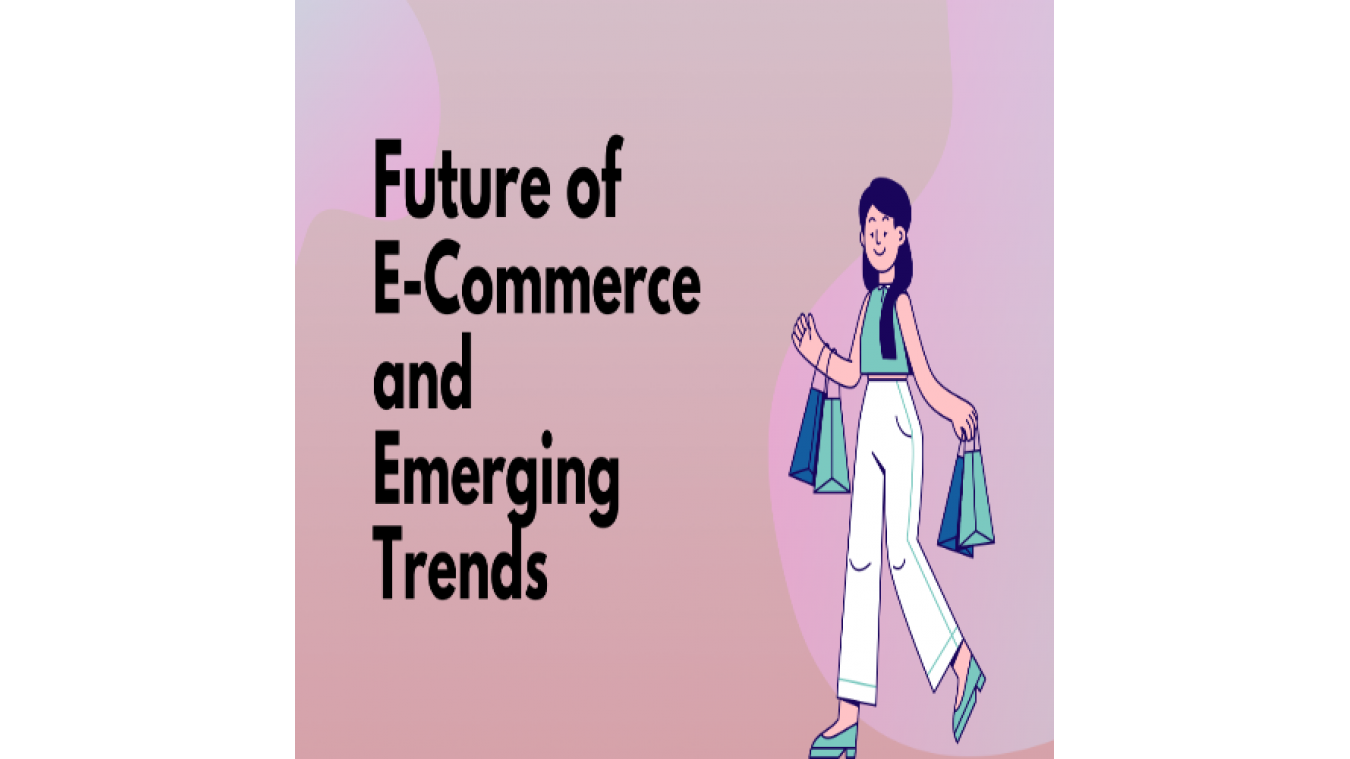
Future of Ecommerce and Emerging Trends
In the history of the ecommerce sector, both potential and competition have never been greater. Brands are being forced to prioritize customer lifetime value and foster brand loyalty as return
on advertising investment plummets. The main currency of future e-commerce will be trust. Brands must be open, sincere, and
accessible to their customers, particularly on social media, where online users spend the
majority of their time. Future consumers' online purchasing will be centered on social e- commerce trends, with firms investing in video and live shopping. Some of the emerging trends shaping the future are:
1. Rising acquisition costs
Brands are being forced by rising acquisition costs to develop long-term connections with their
customers. Businesses can improve their relationships with customers by emphasizing their
brand identity.
2. Direct-to-consumer competition is rising
Although retail business doors have reopened, ecommerce sales aren’t slowing, resulting in an
influx of DTC brands competing for customer attention.
3. Advertising costs are skyrocketing across platforms
Digital advertising costs are eating up marketing budgets, putting performance
marketing–heavy customer acquisition models in jeopardy.
4. Fewer entry barriers
There will be more virtual retailers as entry barriers decline. The development of online
marketplaces and technological advancements have made it simpler than ever to buy and sell
things online. Between 2021 and 2025, the e-commerce sector is projected to expand by over
$11 trillion. During the COVID-19 epidemic, as more companies went online, the worldwide trend
toward digitization accelerated quickly.
5. Merchant's spending vs profit
Traders are spending more money but making less money. According to the 350 global
commerce decision makers polled for this analysis, competition will be the top barrier to growth
in 2022.
6. Customer personalization
Personalization is something that customers want. Even though restrictions make data tracking
more difficult and the top companies phase out support for third-party cookies, consumers
continue to expect personalized shopping experiences.
7. Achieving customer engagement
Customer engagement can't be achieved solely through personalization. First-party data helps
brands innovate, but personalization alone won't result in long-lasting relationships with
consumers.
8. Brand communities
Brand communities increase consumer adherence. Building trust and brand equity as well as
increasing client retention depend on brand communities.
9. Use of social media
Social media sites are becoming more popular for ecommerce. Social media networks are
seeing an increase in ecommerce activity, including shoppable advertising, customer service, and brand marketing.
10. Social media features
Social media platforms offer fresh methods for interacting with clients. Unique customer
experiences are made possible by a variety of platforms and quickly changing features, which
inspires brands to reinvent consumer engagement.

Comments